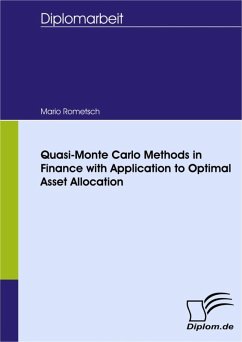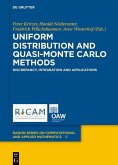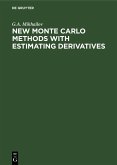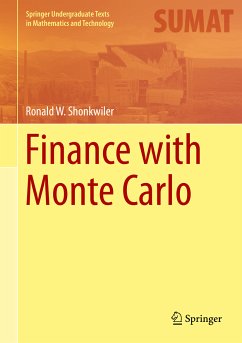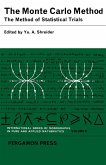Inhaltsangabe:Introduction: Portfolio optimization is a widely studied problem in finance. The common question is, how a small investor should invest his wealth in the market to attain certain goals, like a desired payoff or some insurance against unwished events. The starting point for the mathematical treatment of this is the work of Harry Markowitz in the 1950s. His idea was to set up a relation between the mean return of a portfolio and its variance. In his terminology, an efficient portfolio has minimal variance of return among others with the same mean rate of return. Furthermore, if linear combinations of efficient portfolios and a riskless asset are allowed, this leads to the market portfolio, so that a linear combination of the risk-free asset and the market portfolio dominates any other portfolio in the mean-variance sense. Later, this theory was extended resulting in the CAPM, or capital asset pricing model, which was independently introduced by Treynor, Sharpe, Lintner and Mossin in the 1960s. In this model, every risky asset has a mean rate of return that exceeds the risk-free rate by a specific risk premium, which depends on a certain attribute of the asset, namely its _. The so-called _ in turn is the covariance of the asset return normalized by the variance of the market portfolio. The problem of the CAPM is its static nature, investments are made once and then the state of the model changes. Due to this and other simplifications, this model was and is often not found to be realistic. An impact to this research field were the two papers of Robert Merton in 1969 and 1971. He applied the theory of Ito calculus and stochastic optimal control and solved the corresponding Hamilton-Jacobi-Bellman equation. For his multiperiod model, he assumed constant coefficients and an investor with power utility. Extending the mean-variance analysis, he found that a long-term investor would prefer a portfolio that includes hedging components to protect against fluctuations in the market. Again this approach was generalized by numerous researchers and results in the problem of solving a nonlinear partial differential equation. The next milestone in this series is the work by Cox and Huang from 1989, where they solve for ¿Optimal Consumption and Portfolio Policies when Asset Prices Follow a Diffusion Process¿. They apply the martingale technique to get rid of the nonlinear PDE and rather solve a linear PDE. This, with several refinements, is [...]
Dieser Download kann aus rechtlichen Gründen nur mit Rechnungsadresse in A, B, BG, CY, CZ, D, DK, EW, E, FIN, F, GR, HR, H, IRL, I, LT, L, LR, M, NL, PL, P, R, S, SLO, SK ausgeliefert werden.

